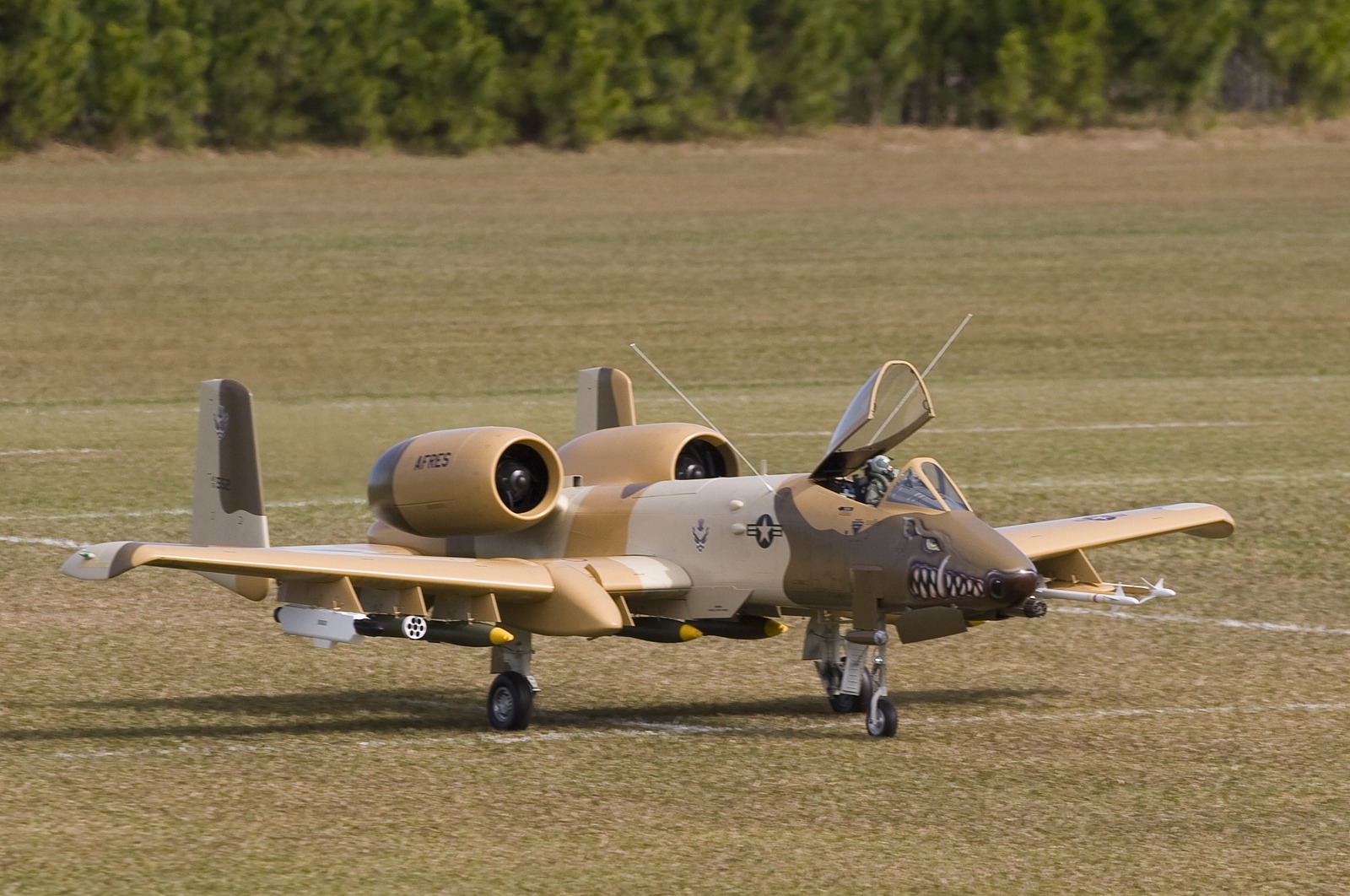Aeromodeling is no longer a mere popular hobby or pastime. If you decide to be a part of the fascinating world of model aircraft, the undertaking transcends just keeping your hands and busy. Aeromodeling offers lots of unseen benefits, from alleviating stress, serving as an inspiration to young pilots, and taking modelers to experience the wonders of the aviation engineering industry.
Taking the big step can be a daunting task, as it requires a lot of time, patience, and research. There are lots of models available, ranging from World War II planes to modern-day ones. New hobbyists can start with simple static models to help them get the gist, while seasoned builders may opt for ones designed to fly. Remember that it’s essential to pick a suitable model remodeling kit to avoid ending up feeling frustrated and make the activity a fun and rewarding experience.
Here are the things you need to consider when choosing the best aeromodeling kit:
Type
Aeromodeling hobbyists can take on different types of aeromodeling kits, with each one having something unique to offer both in skill development and personal satisfaction.
Static Models
Static models are non-powered or non-flying model aircraft designed for those who are starting or simply want something to build and display as planes as a collection. They can be made from various materials, from paper to fiberglass, metal, foam, wood, and plastic, and differ in how you’ll construct them.
- Snap-Fit Model Kits: These are the most straightforward kit to make as they come with pre-cut and pre-painted pieces, which means they take less time to assemble. No cutting and gluing is needed. Simply snap together the parts together, and you can finish the project in less than an hour. These kits are also relatively cheaper, making them ideal for those looking to start the hobby.
- Advanced Plastic Model Kits: These kits are far more challenging to make, as it allows to build a true-to-life scale. They contain lots of tiny, finely detailed parts, from propellers to cockpits and even pilot figures. Unlike snap-fit models, constructing them entails lots of cutting, gluing, and painting, but they are what make the task more exciting for many enthusiasts. Good constructing skills are needed, which can be acquired with patience, time, and practice.
Flyable Models
Flyable models are those who want to level the experience and take their model aircraft into the skies. These kits are often made from lightweight materials, such as plastic or balsa wood, to allow flight. They also come with electronic components, which only require simple assembly. Some experienced modelers start from plans or scratch, especially those who want some challenge or learn about the intricacies of airplane construction.
- Ready-To-Fly (RTF) Kits: These kits have pre-assembled parts, which only basic assembly like wing attachment. All components it needs to fly are provided from the batteries, receiver, and transmitters, allowing any user to get it flying in no time.
- Almost Ready-To-Fly (ARF) Kits: Like the RTF kits, ARF kits have the majority of their parts completed but require further assembly. These include installing the engine or motor, joining the wings, mounting the gears, and setting the control and radio system.
Scale
Another aspect modelers should look at is the scale, which talks about the relationship of the model’s size to the actual aircraft it represents. The most popular scales are 1:32, 1:48, and 1:72. If you choose a 1:32 kit, that means that the actual airplane is 32 times bigger than the model created. That also implies that not because two planes are of the same scale will they have the same size. For instance, a 1:48 Boeing B-29 Superfortress will typically be bigger than a P-51 Mustang. Of course, new hobbyists can start with smaller scales then shift to bigger or mode complicated kits as they learn and develop the necessary skills to tackle them.
Tools
While most model aircraft kits come with the necessary parts to build the model, tools such as tweezers, needle files, glue, sandpaper, model cement, paint set, primer, craft knife, and other assembly and electronic equipment are not included. Be sure to check what kits suit your available resources. If you don’t have the needed tools yet, you can always visit hobby shops or online for affordable essential equipment. However, talking to dealers from hobby shops may help you gain knowledge and see actual kits to assess which one will work best for you.
Price
Like with any other hobby, like music where you invest in instruments or sports like golf where you buy equipment and gear, aeromodeling also requires you to spend a considerable amount of money. Aside from the tools, you need to purchase the actual model kit. Basic quality scale models are relatively, but those with electronic components may come at a hefty price.
Takeaway
Aeromodeling is a fun and fulfilling hobby, but don’t transform into a disastrous one by choosing the wrong model kit. Target the basic ones first before moving to complex kits and flying to ensure a smooth, seamless transition onto the exciting hobby of aeromodeling.
Once you get the hang of aeromodelling, you may also want to try other types of model kits, with one being the Gundam model kit. The model kits for the Gundam franchise are sometimes easier to build than model planes, although there are a few that can be difficult to build because of how large they are or how many pieces are involved in the building process. To learn more, check out the Tips for Getting Started with Gundam Models.
